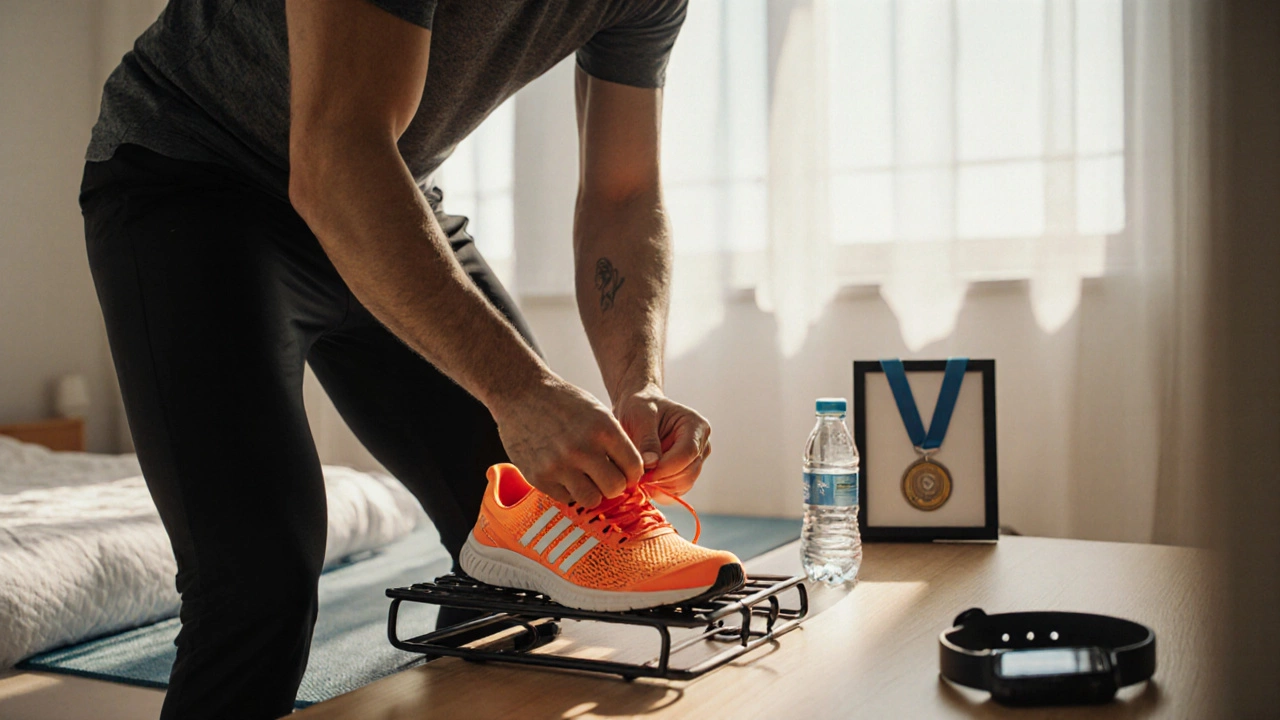
Running at 37: How to Stay Fast, Fit and Injury‑Free
When it comes to running at 37, the blend of mature endurance and seasoned strategy that 37‑year‑old athletes bring to the track. Also known as mid‑life running, it often demands a smarter training plan and focused recovery. A well‑designed marathon training, structured mileage, speed work, and long‑run buildup for adult runners becomes the backbone of progress. At the same time, injury prevention, targeted strength work and mobility drills that protect joints is non‑negotiable if you want to stay on the road.
One of the biggest shifts after hitting the late‑30s is how your body reacts to volume. Age‑related running performance, the natural changes in VO2 max, recovery speed, and muscle elasticity as you age means you have to tweak intensity. Instead of churning out endless kilometers, many 37‑year‑old runners favor quality over quantity, inserting interval sessions that hit the heart rate zones that matter most. This approach not only keeps pace improvements alive but also trims the risk of overuse injuries.
Recovery and Nutrition for the 37‑Year‑Old Runner
Recovery is where the magic happens for runners in their late thirties. Recovery nutrition, proteins, carbs and electrolytes timed to replenish glycogen and repair muscle fibers should be part of every post‑run routine. A simple shake with whey and banana within 30 minutes of finishing a long run can speed up tissue repair. Coupled with adequate sleep, this nutritional window reduces soreness and gets you ready for the next workout faster than a generic “rest day” strategy.
Strength training can no longer be an afterthought. Adding two sessions a week of functional lifts—think squats, deadlifts, and core work—supports the hips and knees that take the brunt of mileage. This synergy between strength and running forms a feedback loop: stronger muscles protect joints, and healthier joints let you run harder. Think of it as building a sturdier foundation for your running house.
Hydration habits also shift at 37. As kidney function gently changes, opting for electrolyte‑rich fluids instead of plain water helps maintain muscle contractility during hot runs. A pinch of sea salt in your water bottle or a sports drink with a balanced sodium‑potassium ratio can make the difference between a smooth stride and an early cramp.
Gear choices matter, too. While the latest shoe tech is tempting, many seasoned runners discover that a well‑fitted stability shoe reduces pronation stress, especially if they’ve logged years of mileage. Pair that with compression socks that aid venous return, and you’ve tackled two common pain points without breaking the bank.
Mindset evolves as well. At 37, many runners find motivation in tangible goals—like qualifying for a major marathon or conquering a new hill repeat—rather than abstract mileage numbers. Setting a specific time target gives each training block purpose and keeps the routine from feeling stale.
Finally, community support acts as a catalyst. Joining a local running club or an online forum for mid‑life athletes provides accountability, shared tips, and the occasional race‑day pep talk that pushes you past a plateau.
All these elements—smart marathon training, age‑aware performance tweaks, injury‑prevention drills, recovery nutrition, and supportive gear—combine to create a sustainable running life at 37. Below you’ll find a hand‑picked collection of articles that dive deeper into each of these topics, offering step‑by‑step guides, real‑world examples and the latest science to keep you moving forward.
